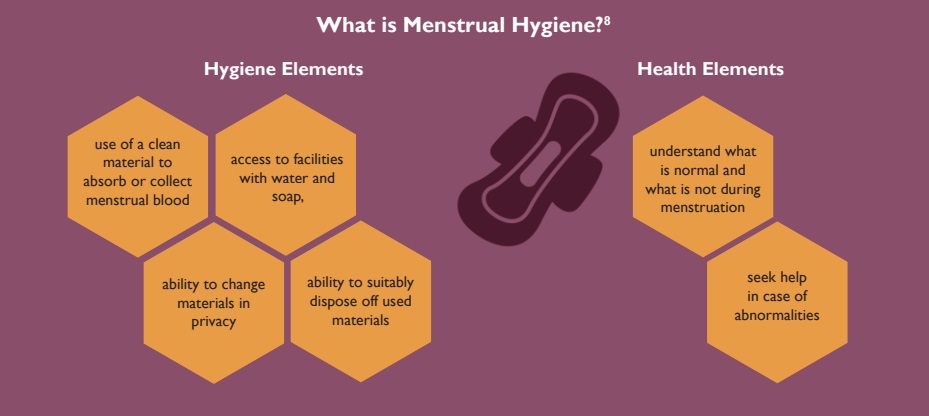What Factors Contribute to the Continued Challenge of Menstrual Hygiene?

Menstrual hygiene remains a significant challenge worldwide, despite progress in various aspects of women’s health. Several factors contribute to this persistent challenge.
- Stigma and Taboos: Cultural norms and societal taboos surrounding menstruation contribute to the stigma associated with it. In many societies, menstruation is considered impure or shameful, leading to the silence and secrecy surrounding the topic. This stigma can hinder open discussions and education about menstrual hygiene.
- Lack of Education: Insufficient education about menstrual health and hygiene perpetuates myths and misconceptions. Inadequate information about the female reproductive system, menstruation, and proper hygienes practices leaves many girls and women unaware of how to manage their menstrual health effectively
- Limited Access to Menstrual Products: Accessibility to affordable and hygienic menstrual products is a widespread issue, particularly in low-income communities. Many girls and women resort to using improvised materials like rags or leaves, posing serious health risks. The unavailability of affordable and sustainable menstrual products limits women’s ability to manage their periods with dignity.
- Poor Sanitation Facilities: Inadequate sanitation infrastructure, particularly in schools and public spaces, poses a challenge to menstrual hygiene. Lack of clean and private toilets, as well as facilities to dispose of sanitary waste, makes it difficult for women and girls to manage their periods in a safe and hygienic manner.
- Limited Economic Resources: The financial burden of purchasing menstrual products is a barrier for many women, especially in impoverished communities. The choice between buying food or menstrual products becomes a stark reality for some, affecting their overall well-being.
- Health Implications: Improper menstrual hygiene practices can lead to health issues such as infections. Lack of clean water, soap, and private spaces for changing contributes to these health risks, highlighting the interconnectedness of menstrual hygiene with broader issues of water, sanitation, and hygiene (WASH).
Addressing the challenge of menstrual hygiene requires a comprehensive approach involving education, destigmatization, improved sanitation facilities, and increased access to affordable menstrual products. Efforts should prioritize creating an environment where menstruation is openly discussed, and women and girls have the knowledge and resources to manage their menstrual health with dignity and safety.
Repurposed article based on a video in Times Now









